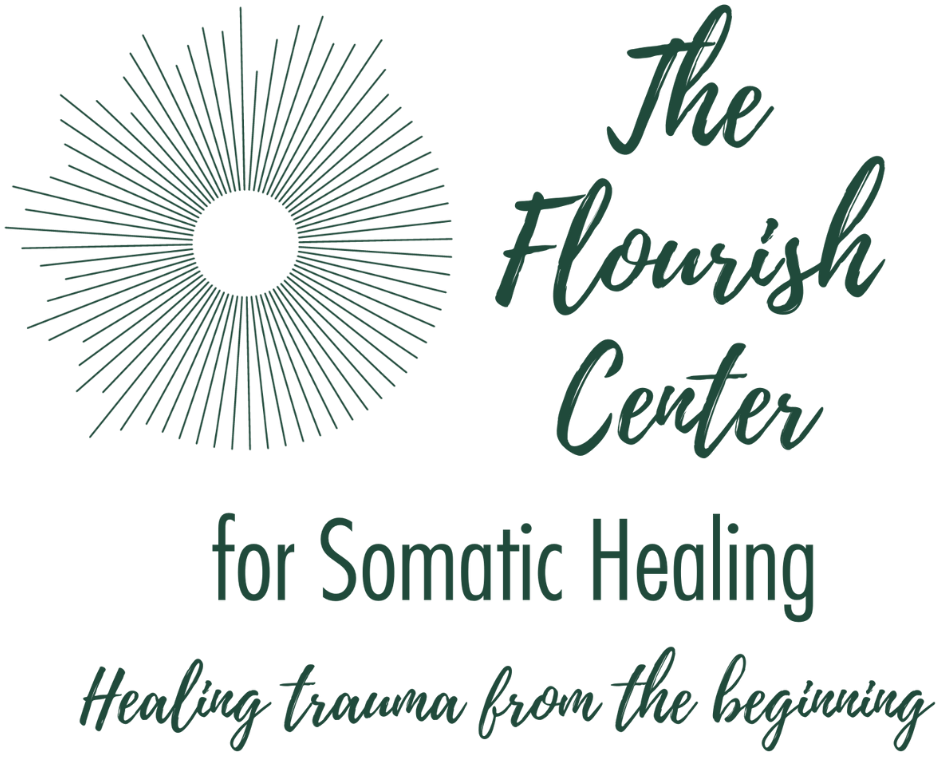Somatic therapy, a holistic approach to healing that integrates mind, body, and emotions, often faces the misconception that it’s a passive process for the client. This misunderstanding likely arises from its focus on bodily sensations and the subtler, non-verbal dimensions of experience. However, nothing could be further from the truth. Somatic therapy requires active engagement, intentionality, and a deep willingness to explore and participate in the healing process.
Misconceptions About Passivity
In many traditional therapeutic approaches, the focus is on verbal dialogue. Clients might assume that since somatic therapy emphasizes bodily awareness, it involves the therapist “doing something” to the client—be it guiding breathwork, leading movement exercises, or working with touch. While these elements can be part of the process, the true power of somatic therapy lies in the collaboration between therapist and client. The client’s active role is central to uncovering patterns, releasing trauma, and fostering self-awareness.
The Client’s Role in Somatic Therapy
- Cultivating Awareness: Somatic therapy begins with the client tuning into their body. This isn’t a passive observation but an active practice of curiosity. Clients are encouraged to notice sensations, identify areas of tension, and explore what these physical cues might mean. This requires mindfulness, patience, and a willingness to connect with experiences that might be unfamiliar or even uncomfortable. For example, a client may start to notice that their shoulders tense up during stressful conversations, a realization that opens the door to deeper emotional work.
- Participating in Experiments: Therapists often guide clients through somatic experiments such as adjusting posture, trying new breathing techniques, or engaging in gentle movements. These exercises are not about following instructions robotically but about actively noticing what shifts internally. How does standing taller feel emotionally? What changes when the breath is slower and deeper? The client’s active reflection and feedback are critical. Over time, these experiments can lead to profound shifts in how the client experiences their body and emotions.
- Processing Emotions: Emotions are stored in the body, and somatic therapy provides a pathway to access and release them. This process requires courage and effort from the client. They must be willing to face difficult emotions, stay present with them, and express them in ways that may feel vulnerable, such as crying, shaking, or verbalizing. For instance, a client working through trauma might experience trembling as their body releases long-held tension—a process that can feel intense but ultimately freeing.
- Integrating Insights: The work doesn’t end in the therapy session. Clients play an active role in integrating the insights gained into their daily lives. This might mean practicing new behaviors, maintaining a regular mindfulness routine, or continuing to tune into their bodily awareness as they navigate challenges. For example, a client might notice their tendency to hold their breath in moments of anxiety and actively practice deep breathing to counteract this habit.
Therapist as a Guide, Not a Fixer
In somatic therapy, the therapist is not a fixer but a guide. They create a safe space, provide tools, and offer insights, but the client’s engagement drives the healing process. The client’s willingness to lean into the work and trust their body’s wisdom is what makes the therapy effective. Healing is not something done to the client; it is something done with the client. This collaborative dynamic ensures that the client remains empowered and in control of their journey.
Why Active Participation Matters
Active participation empowers clients to reclaim their agency. Many people who seek somatic therapy are working through trauma, which often involves a loss of control. By engaging actively in their healing, clients regain a sense of autonomy. They learn to trust their body’s signals, set boundaries, and make choices aligned with their well-being. This empowerment extends beyond the therapy room, transforming how they show up in their relationships, work, and daily lives.
Moreover, the skills learned in somatic therapy—such as self-awareness, emotional regulation, and resilience—become lifelong tools. Clients often find that their active participation in the therapeutic process spills over into other areas of life. They may approach challenges with greater confidence, respond to stress more adaptively, and foster deeper connections with others.
Real-Life Examples of Active Engagement
To illustrate the active nature of somatic therapy, consider a client working through social anxiety. In therapy sessions, they might explore the sensations that arise in their body when thinking about social interactions—a racing heart, tight chest, or sweaty palms. Rather than avoiding these sensations, the client actively stays present with them, learning to regulate their nervous system through breathwork and grounding exercises. Over time, this practice allows them to approach social situations with less fear and more ease.
Another example might involve a client recovering from physical trauma. They might work with their therapist to gradually reintroduce movements that were once associated with pain or fear. This process requires the client to stay attuned to their body’s signals, communicate openly with their therapist, and take incremental steps toward rebuilding trust in their body.
Challenges of Active Participation
It’s important to acknowledge that active participation in somatic therapy can be challenging. Clients may encounter resistance, fear, or fatigue as they engage with deeply held patterns and emotions. However, these challenges are an integral part of the healing process. The effort required is a testament to the transformative potential of the work. Clients are not expected to navigate these challenges alone; their therapist is there to support and guide them every step of the way.
Final Thoughts
Somatic therapy is anything but passive. It calls on clients to show up fully—body, mind, and spirit—and to engage in a process that can be both challenging and deeply rewarding. The more actively a client participates, the more they unlock the potential for profound healing and growth. As with any transformative journey, the effort invested is directly proportional to the rewards reaped. By embracing the active nature of somatic therapy, clients step into their power and open the door to lasting change.
In the end, somatic therapy teaches clients that their body is not just a vessel for storing experiences but a profound source of wisdom and healing. Through active participation, clients learn to listen to and trust their bodies, reclaim their autonomy, and create a more harmonious relationship with themselves and the world around them. The journey may not always be easy, but it is undeniably worth it.


